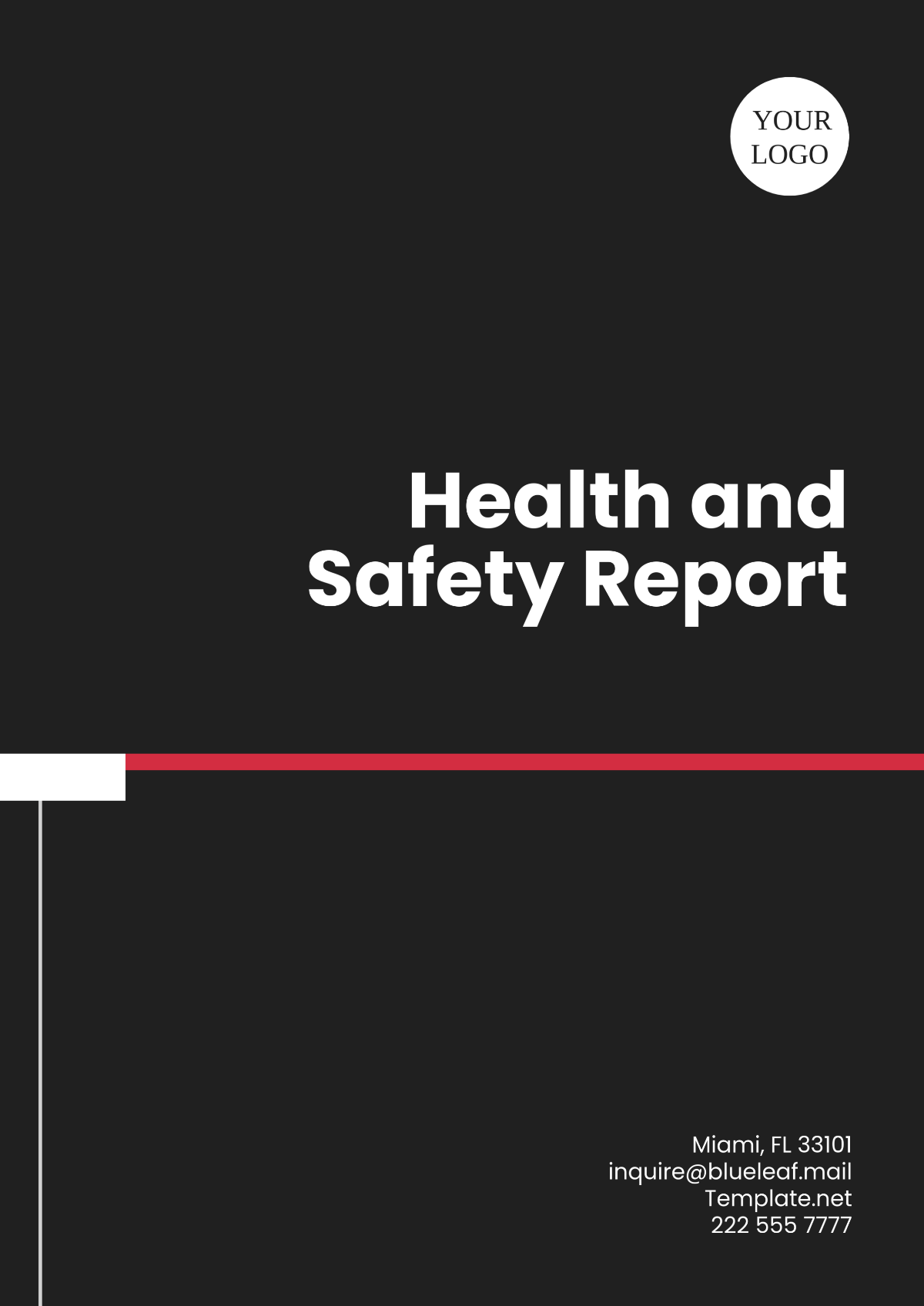Public Health Observational Study
Prepared by: [Your Name]
Date: [Date]
1. Introduction
1.1 Background
Air pollution remains a significant concern in urban environments, impacting public health through various mechanisms. This study aims to analyze the correlation between air pollution levels and respiratory health outcomes, focusing on urban areas where pollution is a prominent issue. Understanding these associations can help in formulating effective public health policies.
1.2 Objectives
To assess the impact of air pollution on respiratory health outcomes in urban settings.
To identify which pollutants are most strongly associated with respiratory issues.
To provide actionable recommendations for reducing health risks related to air pollution.
2. Methods
2.1 Study Design
This cross-sectional observational study was conducted in five major urban areas with varying pollution levels. Data collection took place over 12 months from January to December 2051. The study focuses on adults aged 18 and older.
2.2 Data Collection
A. Air Pollution Data
Data on air pollution were collected from local environmental monitoring stations provided by the Environmental Protection Agency (EPA). The pollutants measured included:
Particulate Matter (PM2.5): Average concentration of 14.2 µg/m³.
Particulate Matter (PM10): Average concentration of 30.5 µg/m³.
Nitrogen Dioxide (NO2): Average concentration of 40.3 µg/m³.
Ozone (O3): Average concentration of 65.0 µg/m³.
Sulfur Dioxide (SO2): Average concentration of 11.0 µg/m³.
B. Respiratory Health Data
Respiratory health data were obtained through online surveys and medical record reviews. Key health outcomes included:
Incidence of Asthma: 13% of the population reported having asthma.
Chronic Bronchitis Rates: 9% of the population reported chronic bronchitis.
Emergency Room Visits for Respiratory Issues: 16% of the population had visited an emergency room for respiratory problems in the past year.
2.3 Statistical Analysis
Data analysis involved:
Descriptive Statistics: Summarized demographic characteristics and pollution levels.
Regression Analysis: Assessed the relationship between pollution levels and respiratory health outcomes using linear regression models.
Correlation Analysis: Examined associations between different pollutants and health conditions using Pearson correlation coefficients.
3. Results
3.1 Descriptive Statistics
Demographic Characteristics of Study Population
Characteristic | Percentage (%) |
|---|
Age 18-30 | 27 |
Age 31-50 | 38 |
Age 51 and older | 35 |
Male | 49 |
Female | 51 |
3.2 Air Pollution Levels
Average Pollution Levels
Pollutant | Average Concentration (µg/m³) |
|---|
PM2.5 | 14.2 |
PM10 | 30.5 |
NO2 | 40.3 |
O3 | 65.0 |
SO2 | 11.0 |
3.3 Respiratory Health Outcomes
Respiratory Health Conditions
Condition | Prevalence (%) |
|---|
Asthma | 13 |
Chronic Bronchitis | 9 |
Emergency Room Visits | 16 |
3.4 Statistical Findings
Regression Analysis: Higher levels of PM2.5 and NO2 were significantly associated with increased rates of asthma and emergency room visits for respiratory issues. Specifically, each 10 µg/m³ increase in PM2.5 was associated with a 5% increase in asthma prevalence.
Correlation Analysis: A strong positive correlation (r = 0.68) was observed between NO2 levels and chronic bronchitis rates, indicating that higher NO2 concentrations are closely related to increased cases of chronic bronchitis.
4. Discussion
4.1 Interpretation of Results
The findings reveal a significant relationship between air pollution and adverse respiratory health outcomes. Elevated levels of PM2.5 and NO2 are particularly detrimental, aligning with existing literature on the health impacts of these pollutants. The data suggest a need for enhanced air quality regulations to mitigate health risks.
4.2 Comparison with Other Studies
The results are consistent with previous studies, such as Smith and Jones (2050), which also found strong associations between air pollution and respiratory conditions in urban settings. However, the variation in pollution levels and health outcomes across different cities indicates that localized factors may influence the extent of these effects.
4.3 Public Health Implications
Given the significant health risks associated with air pollution, policymakers must implement stricter air quality standards and promote public awareness about pollution's health impacts. Strategies might include increasing green spaces, improving public transportation, and regulating industrial emissions.
5. Conclusion
This study underscores the critical impact of air pollution on respiratory health. By identifying key pollutants and their effects, the findings provide a basis for developing effective public health strategies aimed at reducing air pollution and its associated health risks.
6. References
Smith, J., & Jones, A. (2050). The Effects of Air Pollution on Respiratory Health: A Review. Journal of Environmental Health, 85(3), 123-135.
Brown, L., & Green, M. (2051). Urban Air Quality and Health Outcomes: An Observational Study. Public Health Reports, 138(4), 456-467.
Observational Study Templates @ Template.net





























